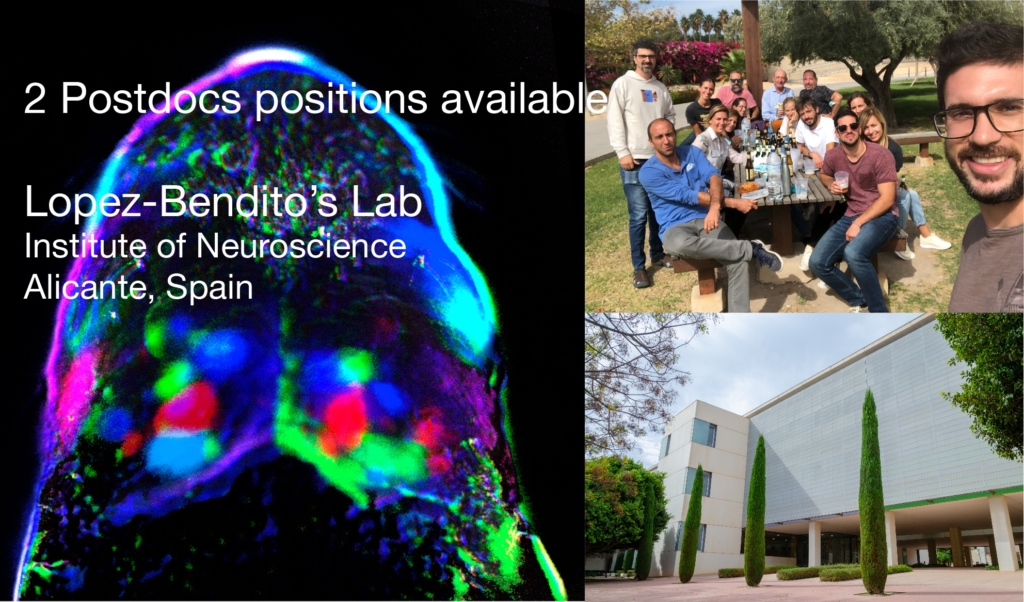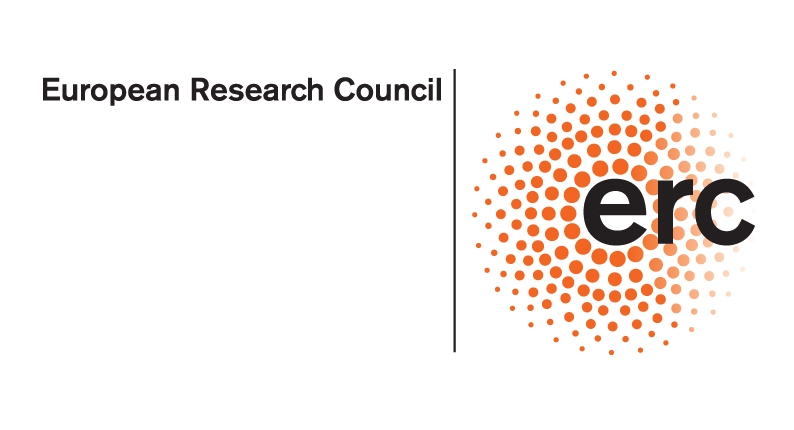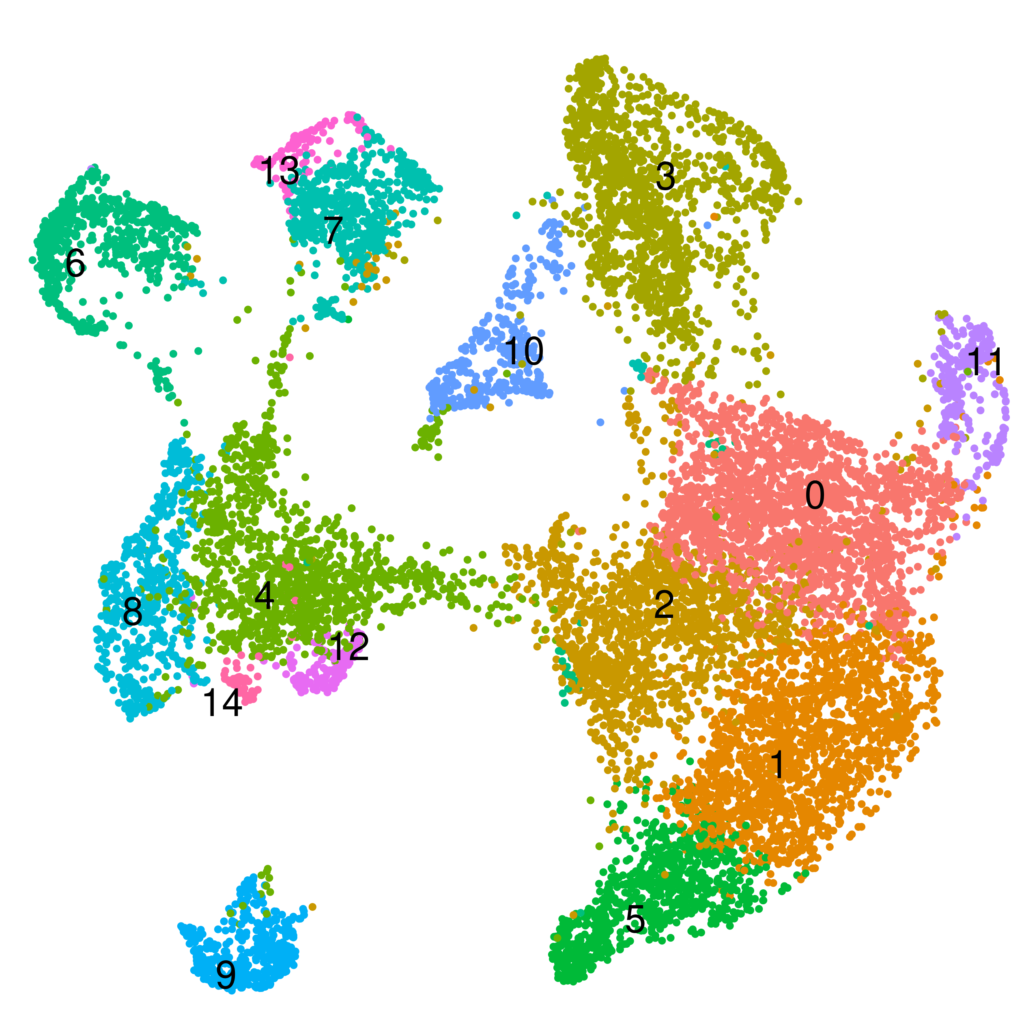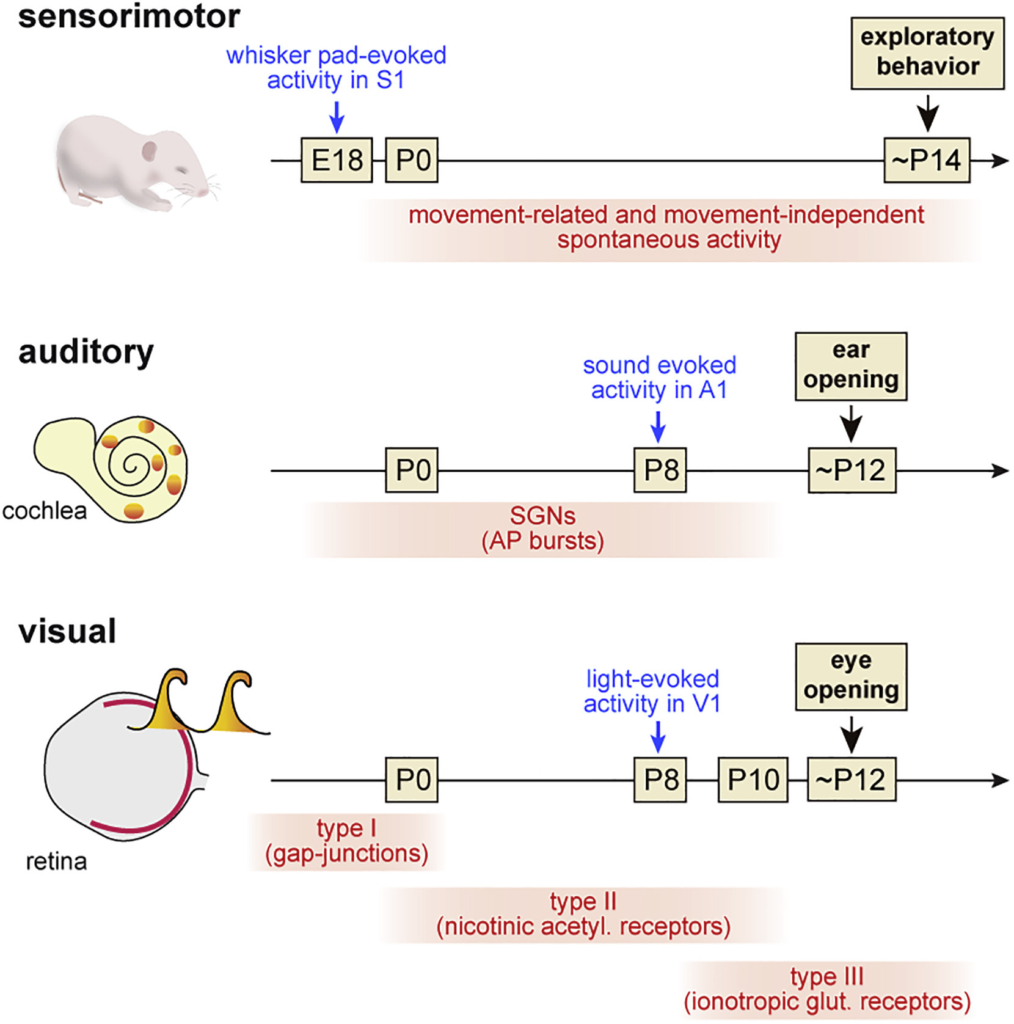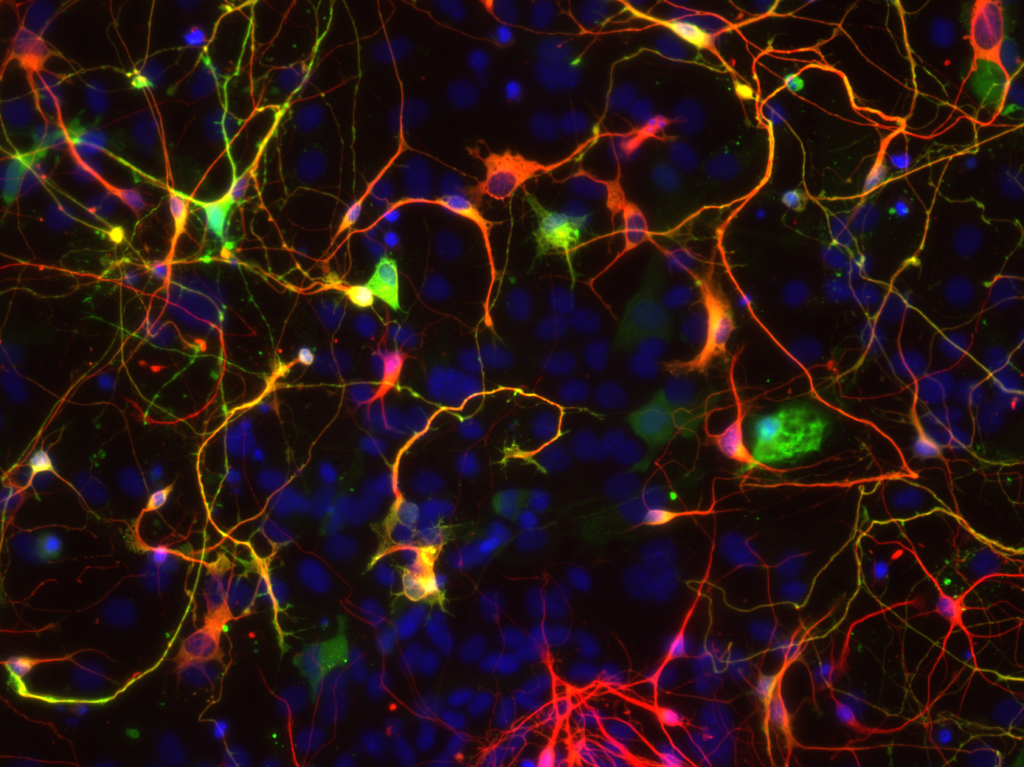FPI-PhD student position available 2023!
We are seeking a highly motivated PhD student interested in studying BRAIN CIRCUITS DEVELOPMENT in our lab! A grant from the Spanish Ministry of Science and Innovation supports the fellowship.
Candidates should have these qualifications: (1) a Master’s degree in life science, (2) essential
knowledge and strong interest in Neuroscience, and (3) plenty of motivation, responsibility and
dedication to work in an academic research lab.
Full applications should be sent to Guillermina López-Bendito (g.lbendito@umh.es) before 31/12/2022.

